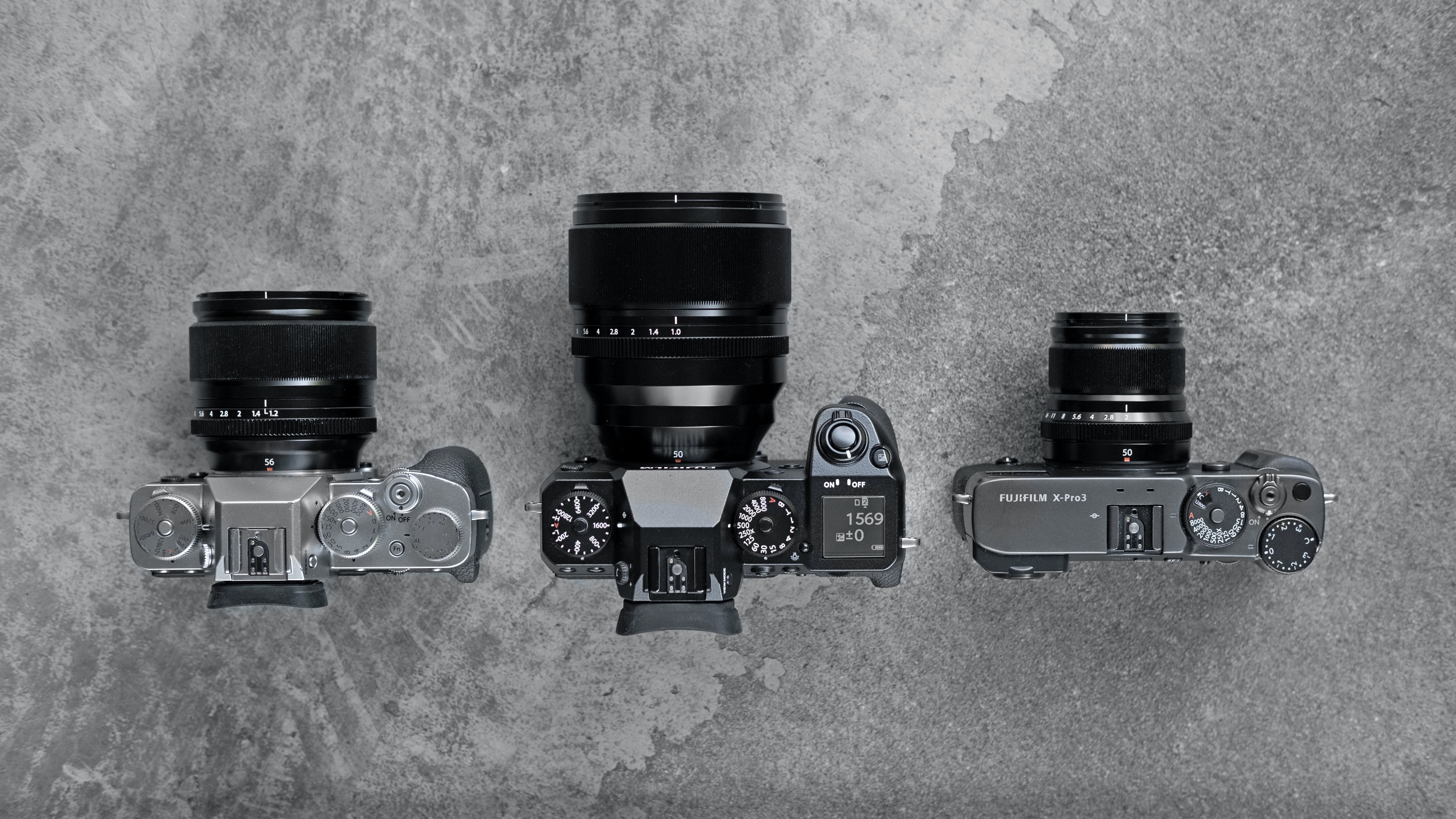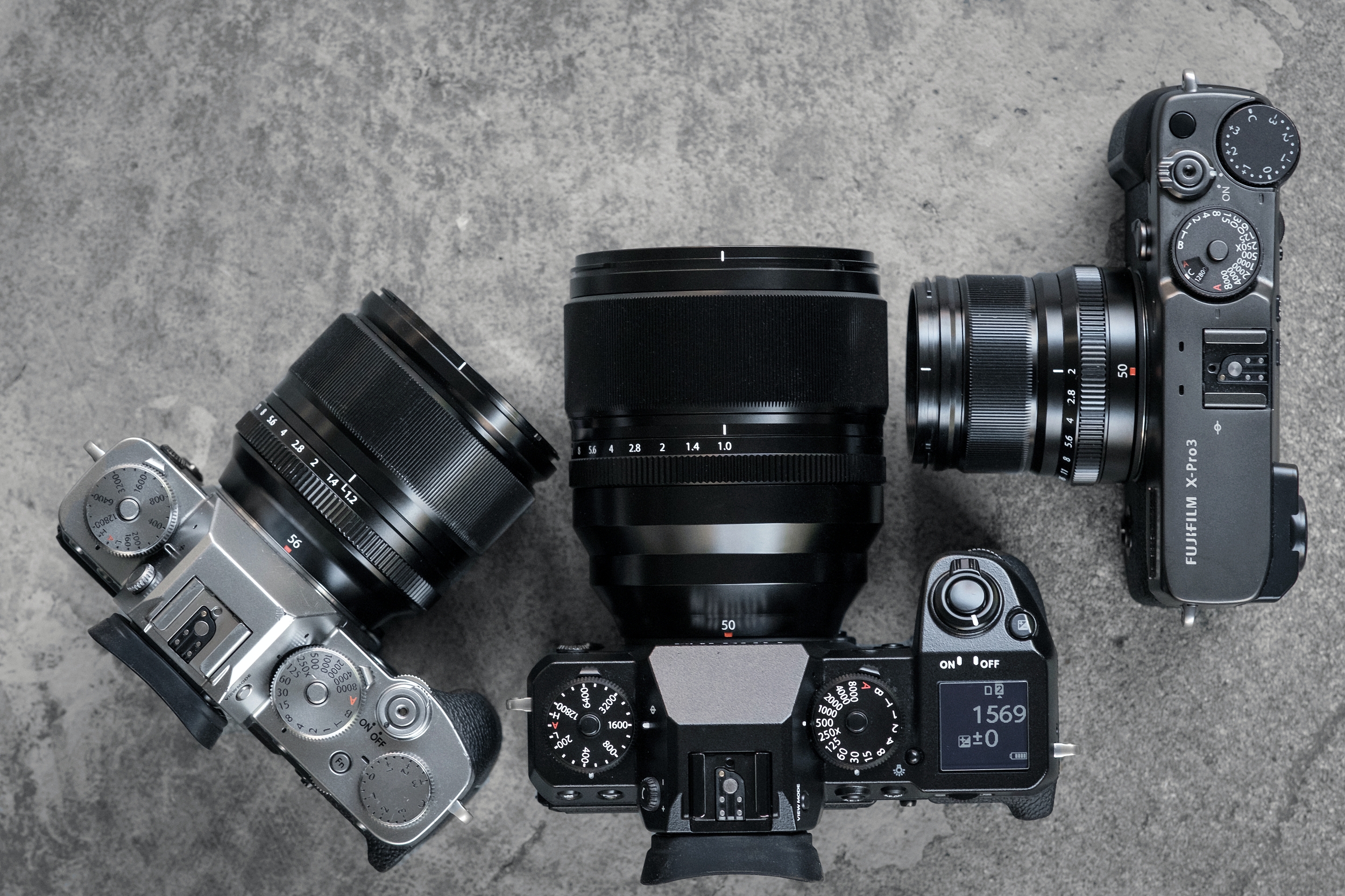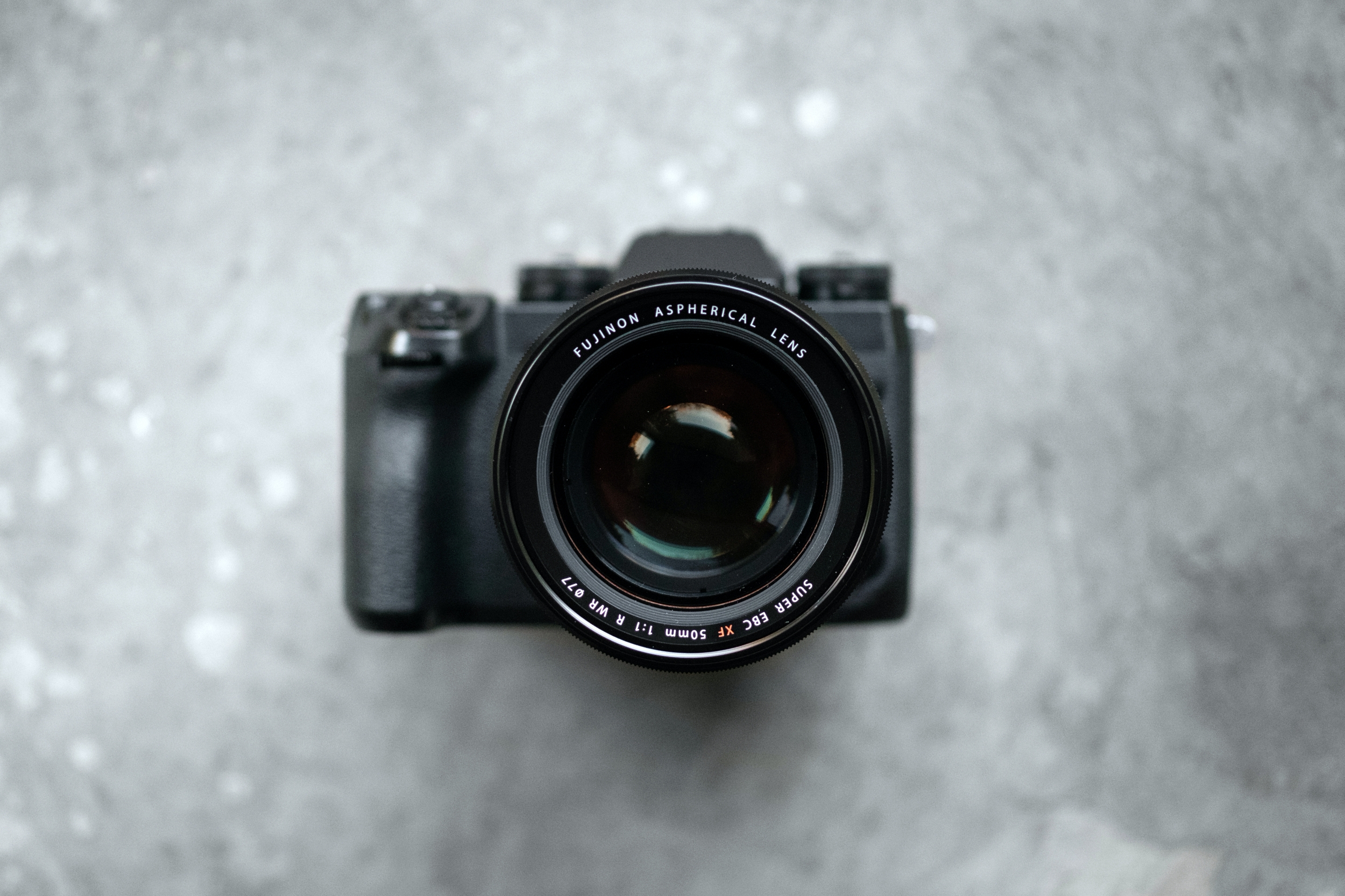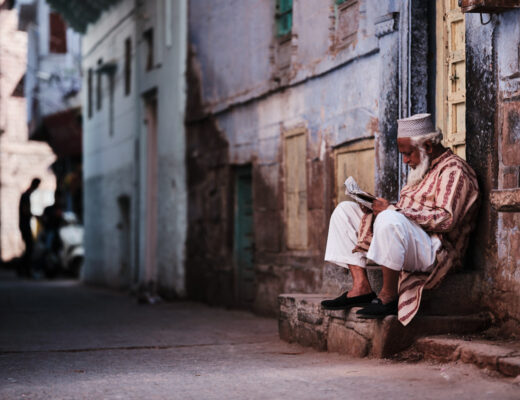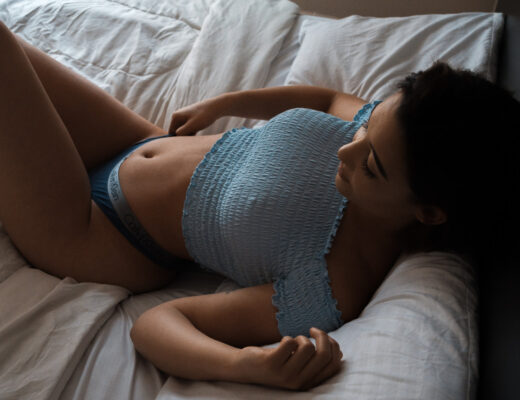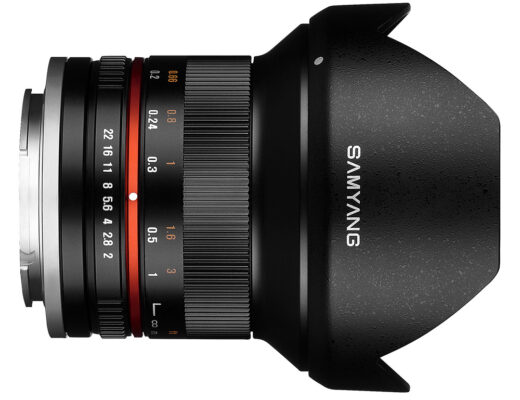When Fujifilm announced the development of their first f/1.0 aperture lens for the X-Series at Photokina 2018, we were all pretty excited. It was suppose to be a 33mm f/1.0 but it had to be changed. Although the lens was ‘very impressive on paper’ the engineers realized to keep the image quality as the top priority, the prototype lens ended up weighing over 1300g ( or 2.87lbs ) and needed a built-in tripod collar mount.

Fujifilm explained the change at the X-Summit Shibuya 2019, and re-announced the development of the new XF 50mm f/1.0 instead. I was disappointed, being a fan of mostly wider field-of-view lenses; but understood the decision to scrap a 1.3 kg 50mm equivalent lens. When I eventually received my review copy of the new 50mm lens, I was going to be open-minded about how I was going to use this f/1.0 monster aka the “ONE”. Instead of conforming my photography to how most would use this lens, I was going to blend it into my own shooting style and current personal projects. I asked Fujifilm to send me the XF 50mm f/2 R WR and the XF 56mm f/1.2 R for comparison, since I assumed these lenses would be the ‘competition’. After shooting with the XF 50mm f/1.0 for the past week, I believe Fujifilm made the right decision to make the “ONE” a short telephoto versus a standard lens.
What makes the new XF 50mm f/1.0 R WR so special? During the X-Summit Shibuya 2019, General Manager of Fujifilm Toshi Iida claimed that “f/1.0 is a magic number” when discussing their desire to build their first f/1.0 lens. Fujifilm was flexing their ability to create a world class lens, and I think they’ve proven they are among the top optical manufacturers. Not that the XF 50mm f/1.0 is the best lens in the world; but the fact they have the ability to create their own NOCT along with just a hand full of other camera manufacturers. However, unlike these other manufacturers, Fujifilm’s f/1.0 lens is also autofocus and weather-sealed, the first of its kind.

Left: XF 50mm f/1.0 R WR (notice concave front element design) Right: XF 56mm f/1.2 R (notice the similar optical design between the two lenses with two ED front elements and rear aspherical element)
The obvious lens to compare against the XF 50mm f/1.0 within the Fujifilm eco-system is the popular XF 56mm f/1.2 R. This lens is a favourite amongst portrait photographers for its pleasing rendering, separation and compression. At half the weight and almost half the price of the XF 50mm f/1.0 with only 2/3 stop slower maximum aperture, the XF 56mm f/1.2 is the obvious choice for those who want bang-for-your-buck value. However, I argue these are very different lenses meant for different photographers, although optically similar (see above diagram). First, the new f/1.0 is weather-sealed and has a newer, faster, quieter and more accurate autofocus system. Take the f/1.0 out in a rain storm, dust storm, desert storm or lowlight situation and this lens will not let you down. If you need the lens to be extra rugged, quicker and more accurate autofocus, and weather-sealed, the choice is clear.
Most would categorize both the XF 50mm f/1.0 and XF 56mm f/1.2 as portrait lenses, and the XF 50mm f/2 R WR as a medium-fast short telephoto. I’ve had the opportunity to review all three of these lenses and all three work great as waist-up portrait lenses. For street photography, between these three lenses, the only one I would drag around with me is the XF 50mm f/2 R WR. It’s light, compact and discreet for street work, and the autofocus just works. The XF 56mm f/1.2 is great for shallow depth of field portraiture; but the slower autofocus makes it more difficult to use for events like weddings, although not impossible. However, I don’t believe many wedding photographers or street photographers will switch over to the new XF 50mm f/1.0 due to size and weight. So who is this lens for?
The first type of photographer I would recommend this 75mm full-frame equivalent lens to is the studio headshot photographer looking for shallow depth of field. Although the XF 90mm f/2 will get similar shallow DOF via compression due to the longer focal length, it is nice working closer to your subject in the studio. The same goes for portrait photographers who want to shoot outdoors on either a tripod or monopod, or don’t mind the extra size and weight due to the speciality nature of this lens. Just remember in daylight and at f/1.0, you will hit maximum mechanical shutter speed of 1/8000th sec very quickly unless you use ND filters, or just use electronic shutter. As a side note, the bokeh difference between the XF 50mm f/1.0 and XF 56mm f/1.2 is so insignificant, I wouldn’t upgrade just for the 2/3 stop difference in depth-of-field.
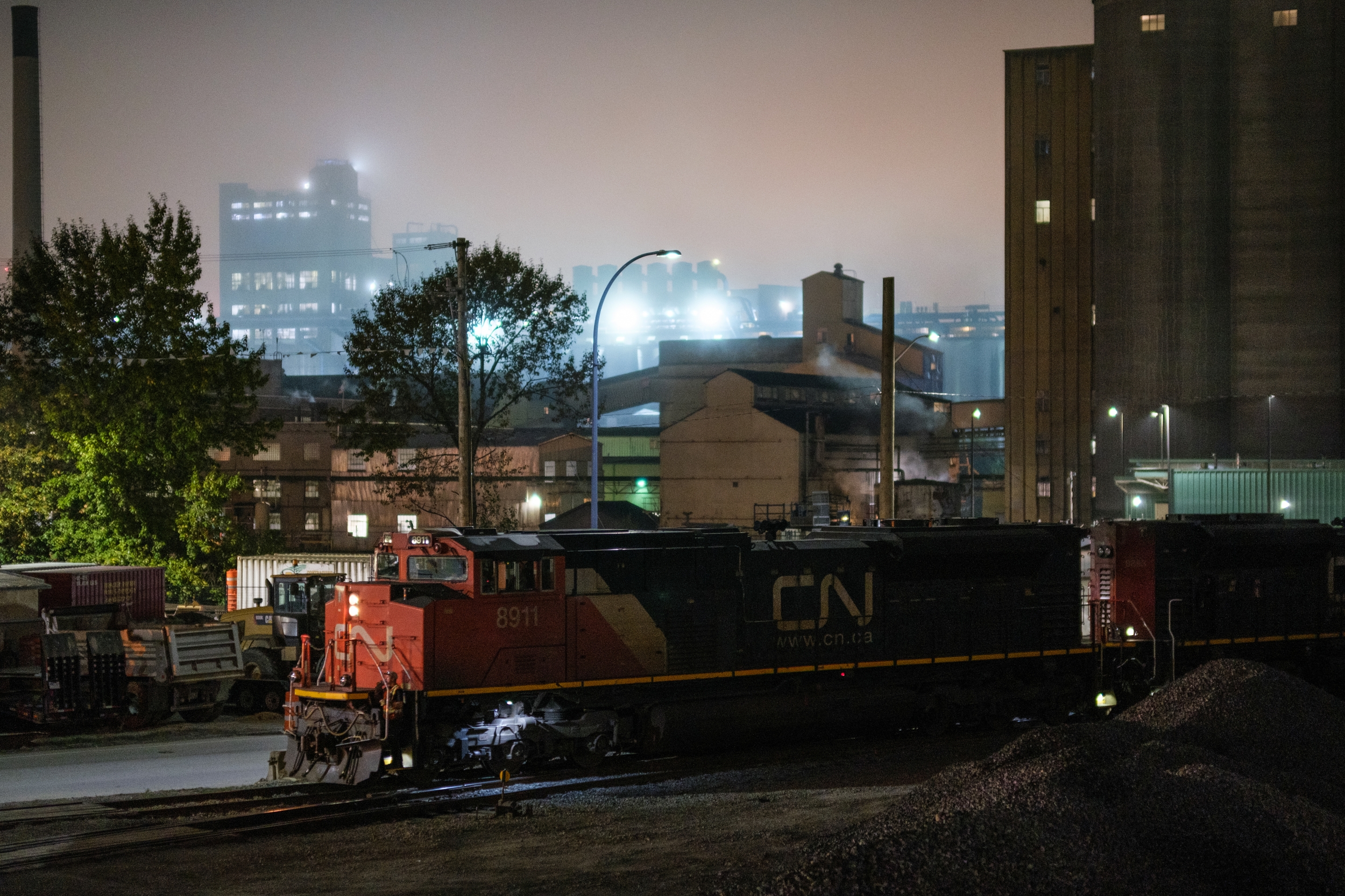
X-T4 + XF50mm f/1.0. 1/125th sec f/1 @ ISO 1600. Provia. This train was moving so I needed the fast shutter speed
The XF 50mm f/1.0 is also for event photographers who need a lowlight short telephoto lens with accurate and quick autofocus. Although the weight can be a pain in the field, being able to hand hold your shots at medium distances and still freeze the action can mean getting the shot or not even trying. For instance, if you have the XF 16-55mm f/2.8 at 55mm versus the XF 50mm f/1.0, there’s a 3 stop difference in light gathering ability. That’s a difference between a 1/250th sec exposure or 1/30th, or ISO 400 versus ISO 3200. Is that a big deal for your photographic work? If so, perhaps this will be your specialty lens you whip out for those situations when you need that extra speed.
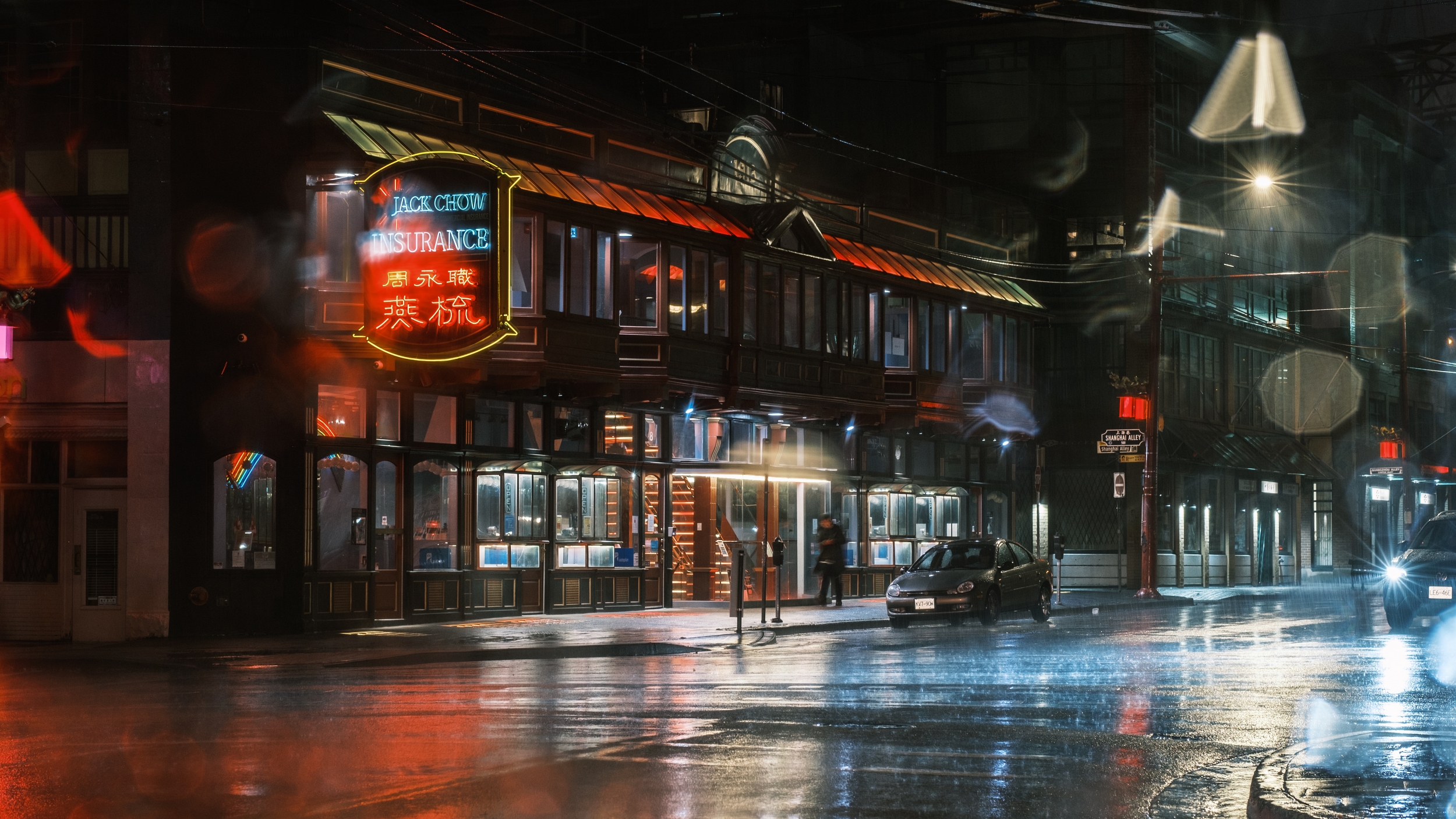
X-T4 + XF50mm f/1.0. 1/4th sec f/5.6 @ ISO 400. Classic Neg. Notice the not-so-circular nonagon shaped bokeh balls when stopped down to f/5.6? Although the blades are rounded, it’s not the same roundness at every aperture.
The question is, would someone like me want a lens like this? Would someone who captures mostly street photography and urban landscapes want or need a lens that has beautiful shallow depth-of-field? As I mentioned earlier, I don’t really care about shallow DOF for the majority of my work, but I do care about low light photography. As you can see by my images, I appreciate the extra stops of brightness when shooting late at night. Most of my Fujifilm primes are Fujicrons because of the compact size, weight and speed of autofocus. Although I’ve always admired what the f/1.4 and f/1.2 lenses could do for me, for the extra 1 stop, it wasn’t worth it for me. How about an extra 2 stops with similar AF performance as the Fujicrons? After shooting with this lens for a week, I can say that is does make a difference.

When capturing your images at f/1.0, you can shoot through windows and chainlink fences and the foreground just melts away. Another advantage of having an f/1.0 lens.
First, the XF 50mm f/1.0 is amazing wide open. It’s not optically perfect, but it has such a beautiful rendering, much like the XF 56mm f/1.2 and XF 35mm f/1.4. The characteristic of this lens suits my style of photography. Optically this lens is razor sharp at night, and when photographing close to infinity, it is sharp from centre to edge. The autofocus is also very good, especially in low light situations. Even when it’s so dark I can’t manually focus anymore, the autofocus locks on without hesitation with my X-T4. Being able to accurately and quickly autofocus an f/1.0 lens at night is a huge bonus for my style of photography as I photograph through fences, car windshields and other foreground obstacles. Finally, having a weather-sealed body and lens gives me the confidence to shoot in any weather condition, whether it be rain, snow, wind, dust or humidity.
The biggest optical weakness I found with this lens is chromatic aberration (purple and green fringing) when shooting wide open. This is characteristic of wide aperture lenses, hence the need for two large ED lens elements in the front. Because I’m shooting mostly at night and the colours in my scenes are all over the place, purple and green fringing is difficult to notice in my photographs. It’s also not difficult to remove in post processing. Colour fringing improves significantly at f/2.0 and complete gone by f/4.0 in high contrast situations. Another issue is what I’ve been mentioning from the very start, size and weight. This is not a fun lens to carry around all night around my neck. I had to upgrade my strap to support the weight of this lens, and I would definitely not use this lens during the day where the advantage of f/1.0 won’t be needed for someone like me who usually shoots stopped down. This lens is a low-light lens for me. Finally, if you plan to use this lens during the day, I highly recommend using the lens hood. It will reduce flare, especially if you’re shooting into the light. Lenses with such a large front element and fast aperture (77mm front filter thread) with multiple lens elements (12 in 9 groups) typically will have lots of internal flare issues.
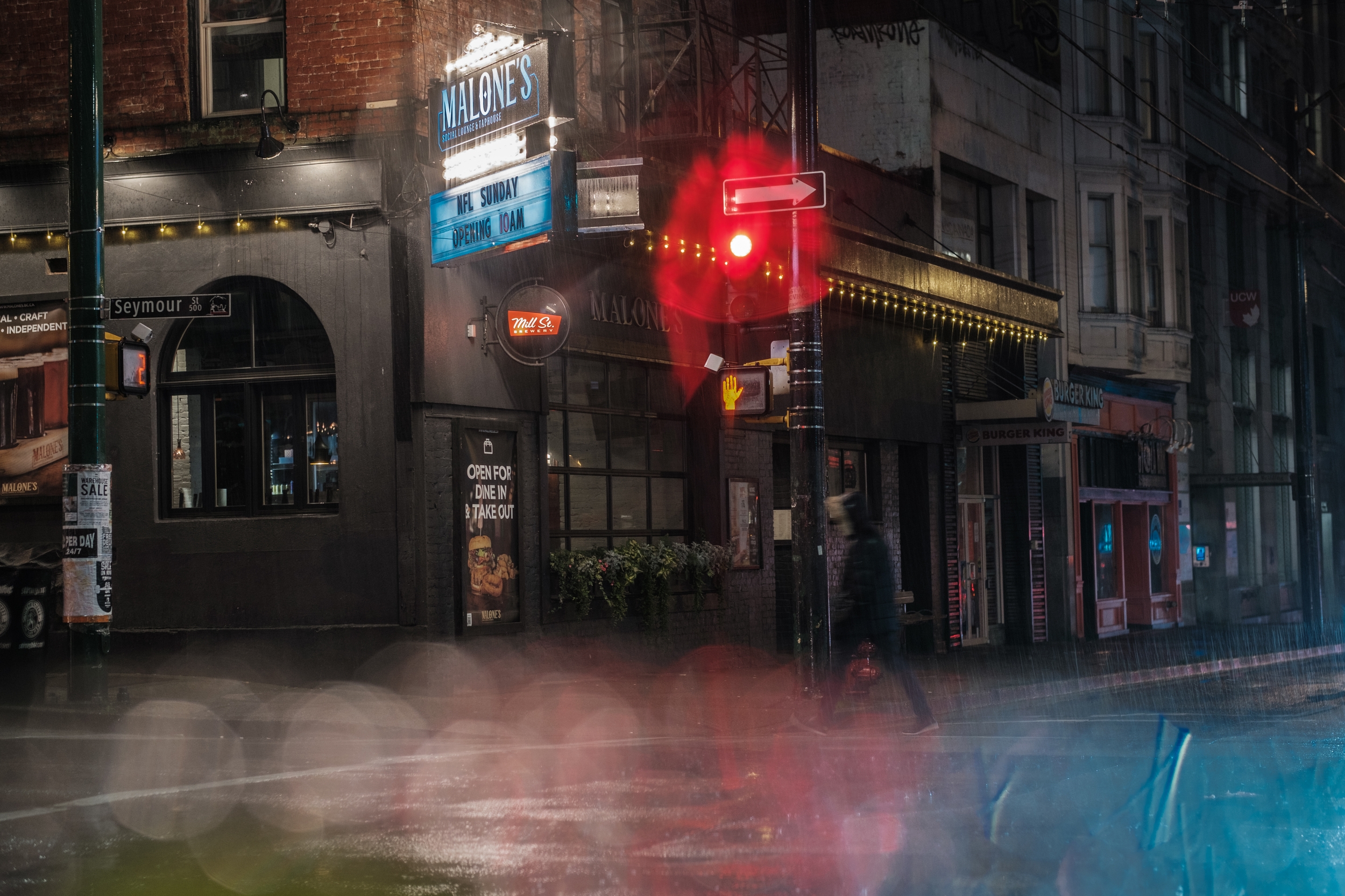
X-T4 + XF50mm f1.0. 1/25th sec f/2.5 @ ISO 400. Provia. Even at f/2.5 the bokeh balls look squared off versus rounded.
Although I’ve only been using this lens for a week and will continue testing it, my overall experience has been surprisingly positive. I didn’t think I would enjoy using this lens as much as I have been. When I tested the XF 56mm f/1.2 and XF 50mm f/2 many years ago, I never had the desire to add them to my collection after the review. As I mentioned at the beginning of this article, I was not going to use this lens like everyone else with shallow depth-of-field portraits with blurred out backgrounds filled with beautiful round bokeh balls. The past few years I’ve been focusing on night photography, although most of my images were captured with wide angle lenses. By forcing myself to use the XF 50mm lens to my existing photographic style and my current projects, I have benefited greatly from this experience. Although the primary reason why I decided to go with the Fujifilm X-Series for my digital photographic workflow was the advantage of compact size and weight; the XF 50mm f/1.0 has integrated well into my eco-system due to its unique optical quality and features. Moreover, I view this new lens as a specialty art lens for specific low-light photographic projects, and I just might consider buying one. Thanks for reading and happy shooting!


